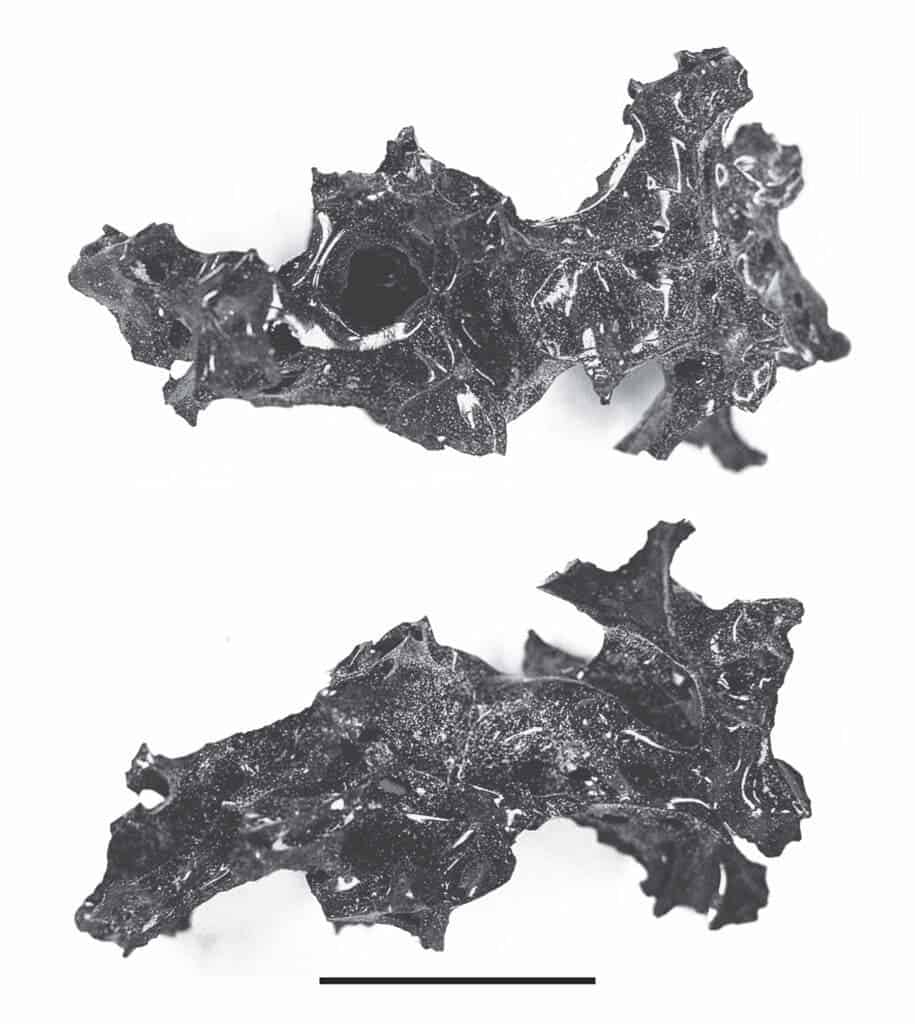Italian researchers report finding intact brain cells in the skull of a man who died 2,000 years ago in the shadow of Mount Vesuvius.

The eruption of Mount Vesuvius, which destroyed the Roman city of Pompeii in the year 79 AD, is perhaps one of the widest-known events of its kind in history. However, Pompeii was not the only city that was claimed by the ashes on that day — Herculaneum, Oplontis, Stabiae, and other smaller settlements suffered the same fate.
New investigations on the remains of a young man discovered during digs in Herculaneum in the 1960s found that some of his brain cells were still intact, despite being thousands of years old.
Keep your head in the game
“The brain exposed to the hot volcanic ash must first have liquefied and then immediately turned into a glassy material by the rapid cooling of the volcanic ash deposit,” explains Pier Paolo Petrone, a forensic anthropologist at the University of Naples Federico II who led the research.
“[The cells in his spinal cord were preserved] incredibly well preserved with a resolution that is impossible to find anywhere else.”
The remains were found face-down on a wooden bed and he was likely around 25 at the time of his death, according to the team. The investigations were prompted by one researcher noticing “some glassy material shining from within the skull” in 2008.
That shiny material was the result of the vitrification (the process of something turning into glass, or becoming glass-like) of the young man’s brain during the eruption. Vitrification is the process used to create ceramics or glass from raw materials, and involves high heat and rapid cooling which alters a material’s molecular structure.
Despite the fact that this process was probably quick and very intense, brain cells in the individual’s spinal cord maintained their shape and position. In effect, they became excellent, glassy fossils. Guido Giordano, a volcanologist at Roma Tre University and co-author of the study called it a “perfect” preservation and a “totally unprecedented” finding in a vitrified specimen.
“This opens up the room for studies of these ancient people that have never been possible,” he added.
Charred wood found next to the victim allowed the team to estimate that it experienced temperatures of more than 500 degrees Celsius (932 degrees Fahrenheit). The skeleton was found inside the city’s college of the Augustales, a temple dedicated to the Roman Emperor Augustus who was the first to be worshipped as a god.
The team will continue to study the remains and try to understand what conditions are needed to create such spectacular vitrification. They also hope to isolate and analyze proteins from the remains, perhaps even genetic material.
The paper “Heat-Induced Brain Vitrification from the Vesuvius Eruption in c.e. 79” has been published in the New England Journal of Medicine.






